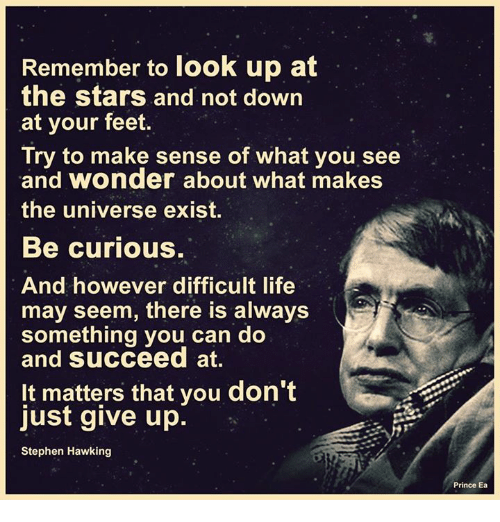"Hope is like the sun. If you only believe it when you see it, you'll never make it through the night." -Princess Leia
286 posts
Latest Posts by delightfulskywalker - Page 3
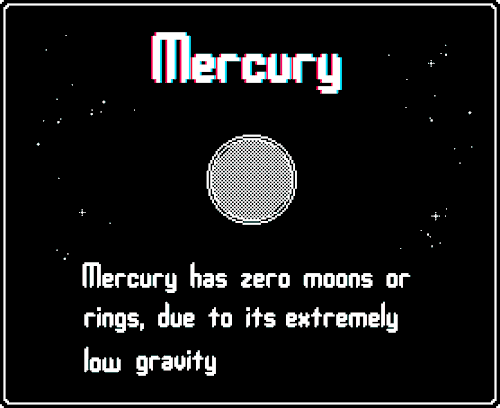
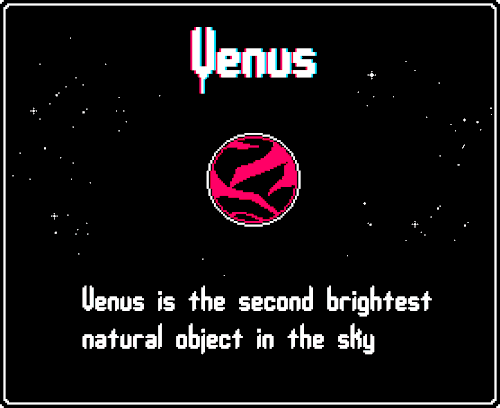
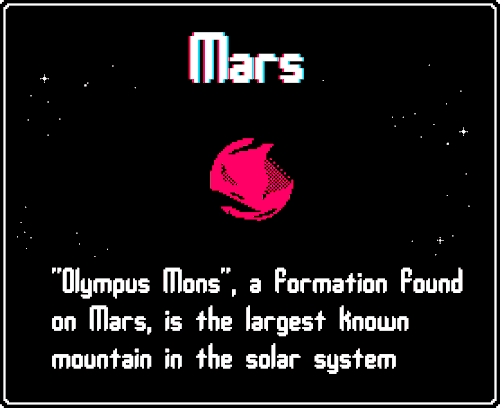
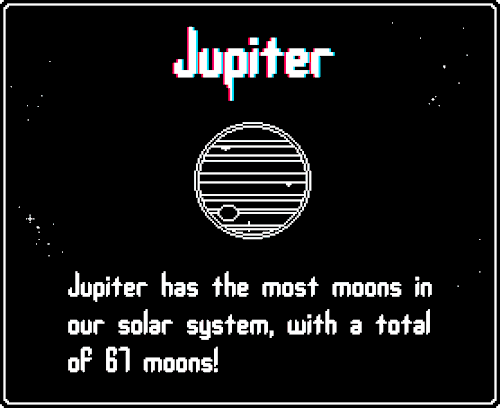
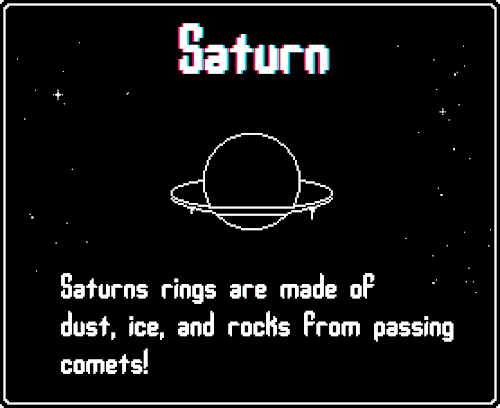
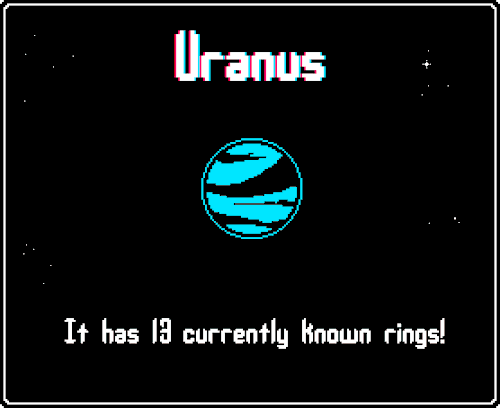
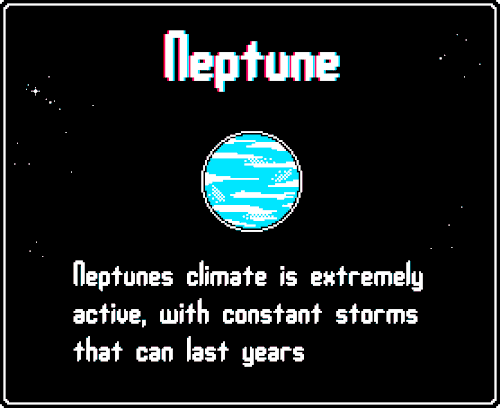
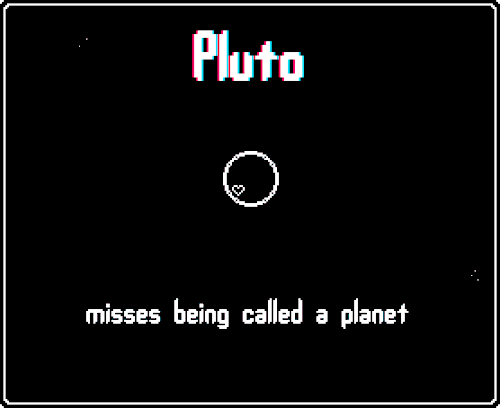
a gifset of planet facts because i rlly love space!!
//please dont remove caption!
My little monbebe heart :(( this is the best thing that has ever happened
Characteristics of the moons of Saturn
Saturn has 62 natural satellites. Here are some features of some of its moons, with mountains, valleys, and striking marks on their surfaces, often marked by asteroid bombardments causing small, huge craters.

Iapetus - Equatorial ridge
Iapetus’s equatorial ridge was discovered when the Cassini spacecraft imaged Iapetus on 31 December 2004. Peaks in the ridge rise more than 20 km above the surrounding plains, making them some of the tallest mountains in the Solar System. The ridge forms a complex system including isolated peaks, segments of more than 200 km and sections with three near parallel ridges.

Tethys - Odysseus crater
Odysseus is the largest crater on Saturn’s moon Tethys. It is 445 km across, more than 2/5 of the moon’s diameter, and is one of the largest craters in the Solar System.

Tethys - Ithaca Chasma
Ithaca Chasma is a valley (graben) on Saturn’s moon Tethys, named after the island of Ithaca, in Greece. It is up to 100 km wide, 3 to 5 km deep and 2,000 km long, running approximately three-quarters of the way around Tethys’ circumference, making it one of the longer valleys in the Solar System. Ithaca Chasma is approximately concentric with Odysseus crater.

Tethys - Red arcs
Unusual arc-shaped, reddish streaks cut across the surface of Saturn’s ice-rich moon Tethys in this enhanced-color mosaic. The red streaks are narrow, curved lines on the moon’s surface, only a few miles (or kilometers) wide but several hundred miles (or kilometers) long.

Rhea - Inktomi crater
Inktomi, also known as The Splat, is a prominent rayed impact crater 47.2 kilometres (29.3 mi) in diameter located in the southern hemisphere of Saturn’s moon Rhea.

Mimas - Herschel Crater
Herschel is a huge crater in the leading hemisphere of the Saturnian moon Mimas, on the equator at 100° longitude. It is so large that astronomers have expressed surprise that Mimas was not shattered by the impact that caused it. It measures 139 kilometres (86 miles) across, almost one third the diameter of Mimas. If there were a crater of an equivalent scale on Earth it would be over 4,000 km (2,500 mi) in diameter – wider than Canada – with walls over 200 km (120 mi) high.

Enceladus - Surface with fractures
Close up of one of the ‘tiger stripes” or fissures called Baghdad Sulcus. Both heat and occasional geysers issue from this formidable crack. Some of the material coating the landscape may be snow condensed from vapor. This closeup of the surface of Enceladus on November 21, 2009, viewed from approximately 1,260 miles (2,028 kilometers) away.

Dione - Contrasts
This image from NASA’s Cassini spacecraft shows a part of Dione’s surface that is covered by linear, curving features, called chasmata. One possibility is that this stress pattern may be related to Dione’s orbital evolution and the effect of tidal stresses over time. This view looks toward the trailing hemisphere of Dione.
Learn more: Iapetus, Tethys, Rhea, Mimas, Enceladus and Dione.
Images: NASA/JPL-Caltech
“I have loved the stars too fondly to be fearful of the night.”
— Sarah Williams, The Old Astronomer
Me ………….
*looks up at the night sky* *sees more stars than usual* *mood immediately lifts by 93%*
NASA: WE KNOW THERE’S A FUCKING HUGE PLANET OUT THERE!
ME: awesome where?
NASA: *points excitedly at space*


For my part I know nothing with any certainty, but the sight of the stars makes me dream.- Vincent Van Gogh

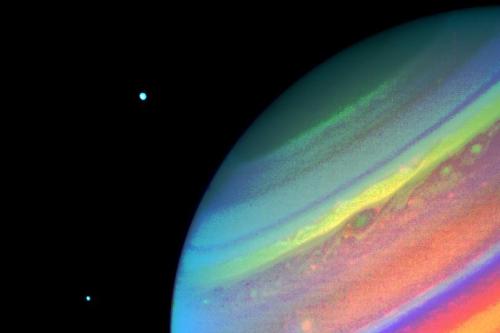
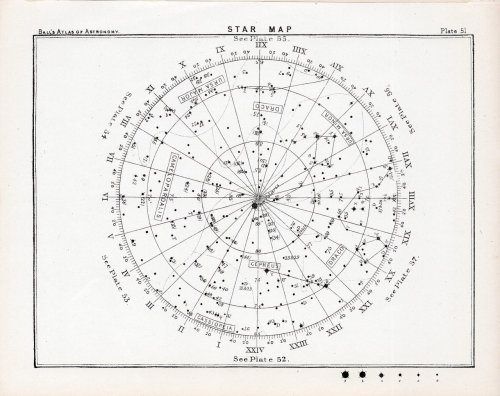
Stephen Hawking‘s life proves what we should all know to be true: that intelligence without compassion is meaningless, and that every person who is truly intelligent knows caring deeply for others is the smartest choice a person can make

I C O N I C
Solar System: 10 Things to Know This Week
Pioneer Days
Someone’s got to be first. In space, the first explorers beyond Mars were Pioneers 10 and 11, twin robots who charted the course to the cosmos.

1-Before Voyager

Voyager, with its outer solar system tour and interstellar observations, is often credited as the greatest robotic space mission. But today we remember the plucky Pioneers, the spacecraft that proved Voyager’s epic mission was possible.
2-Where No One Had Gone Before

Forty-five years ago this week, scientists still weren’t sure how hard it would be to navigate the main asteroid belt, a massive field of rocky debris between Mars and Jupiter. Pioneer 10 helped them work that out, emerging from first the first six-month crossing in February 1973. Pioneer 10 logged a few meteoroid hits (fewer than expected) and taught engineers new tricks for navigating farther and farther beyond Earth.
3-Trailblazer No. 2

Pioneer 11 was a backup spacecraft launched in 1973 after Pioneer 10 cleared the asteroid belt. The new mission provided a second close look at Jupiter, the first close-up views of Saturn and also gave Voyager engineers plotting an epic multi-planet tour of the outer planets a chance to practice the art of interplanetary navigation.
4-First to Jupiter

Three-hundred and sixty-three years after humankind first looked at Jupiter through a telescope, Pioneer 10 became the first human-made visitor to the Jovian system in December 1973. The spacecraft spacecraft snapped about 300 photos during a flyby that brought it within 81,000 miles (about 130,000 kilometers) of the giant planet’s cloud tops.
5-Pioneer Family

Pioneer began as a Moon program in the 1950s and evolved into increasingly more complicated spacecraft, including a Pioneer Venus mission that delivered a series of probes to explore deep into the mysterious toxic clouds of Venus. A family portrait (above) showing (from left to right) Pioneers 6-9, 10 and 11 and the Pioneer Venus Orbiter and Multiprobe series. Image date: March 11, 1982.
6-A Pioneer and a Pioneer

Classic rock has Van Halen, we have Van Allen. With credits from Explorer 1 to Pioneer 11, James Van Allen was a rock star in the emerging world of planetary exploration. Van Allen (1914-2006) is credited with the first scientific discovery in outer space and was a fixture in the Pioneer program. Van Allen was a key part of the team from the early attempts to explore the Moon (he’s pictured here with Pioneer 4) to the more evolved science platforms aboard Pioneers 10 and 11.
7-The Farthest…For a While

For more than 25 years, Pioneer 10 was the most distant human-made object, breaking records by crossing the asteroid belt, the orbit of Jupiter and eventually even the orbit of Pluto. Voyager 1, moving even faster, claimed the most distant title in February 1998 and still holds that crown.
8-Last Contact

We last heard from Pioneer 10 on Jan. 23, 2003. Engineers felt its power source was depleted and no further contact should be expected. We tried again in 2006, but had no luck. The last transmission from Pioneer 11 was received in September 1995. Both missions were planned to last about two years.
9-Galactic Ghost Ships

Pioneers 10 and 11 are two of five spacecraft with sufficient velocity to escape our solar system and travel into interstellar space. The other three—Voyagers 1 and 2 and New Horizons—are still actively talking to Earth. The twin Pioneers are now silent. Pioneer 10 is heading generally for the red star Aldebaran, which forms the eye of Taurus (The Bull). It will take Pioneer over 2 million years to reach it. Pioneer 11 is headed toward the constellation of Aquila (The Eagle) and will pass nearby in about 4 million years.
10-The Original Message to the Cosmos

Years before Voyager’s famed Golden Record, Pioneers 10 and 11 carried the original message from Earth to the cosmos. Like Voyager’s record, the Pioneer plaque was the brainchild of Carl Sagan who wanted any alien civilization who might encounter the craft to know who made it and how to contact them. The plaques give our location in the galaxy and depicts a man and woman drawn in relation to the spacecraft.
Read the full version of this week’s 10 Things article HERE.
Make sure to follow us on Tumblr for your regular dose of space: http://nasa.tumblr.com.
“One cannot understand the full effect of the inspiration just by simply looking at a photograph. You can only discover the genuine pleasure and intricacy that exist by being there and witnessing it with your own eyes.”
— 「최승현」Choi Seunghyun, Men’s Uno Malaysia 2016
“I live in a mind of a fairy tale. I’m not realistic, and have lots of delusions. I’m the type to get deep into my own thoughts. I am assuming that I was born to be like this [laughs]. You know, like destiny. I was born with the fate to agonize.”
— 「최승현」Choi Seunghyun, 10asia Interview 2013.

:(





This is so funny, mostly bc it’s another reason why George Lucas is a dumbass





































